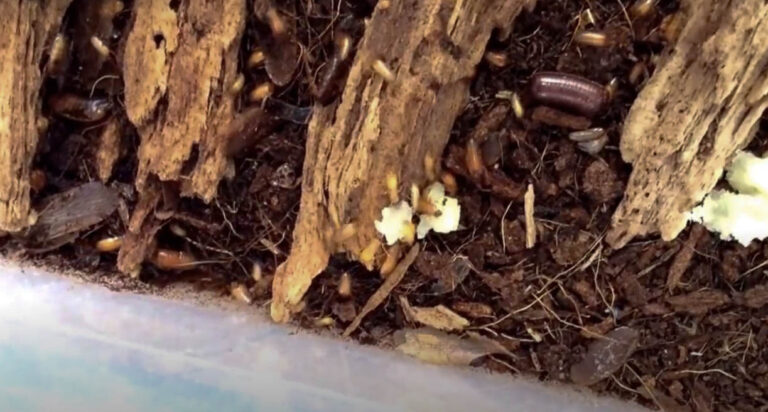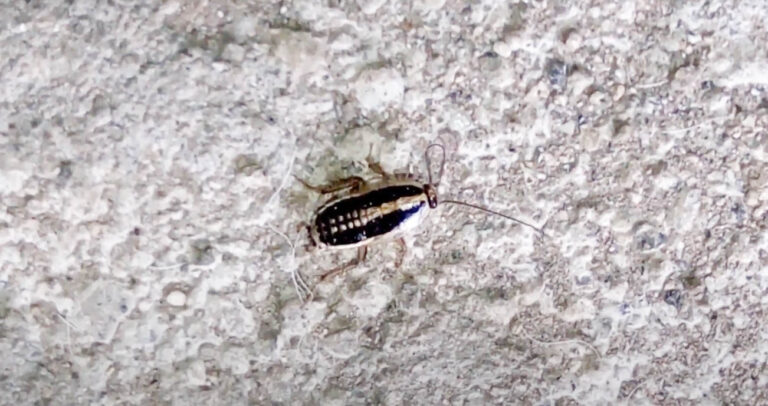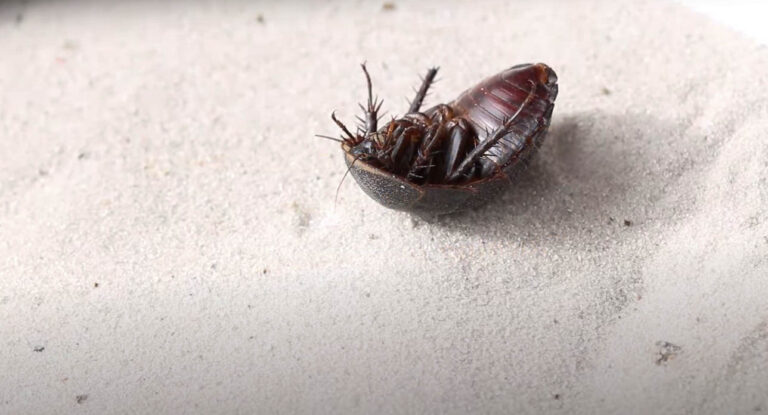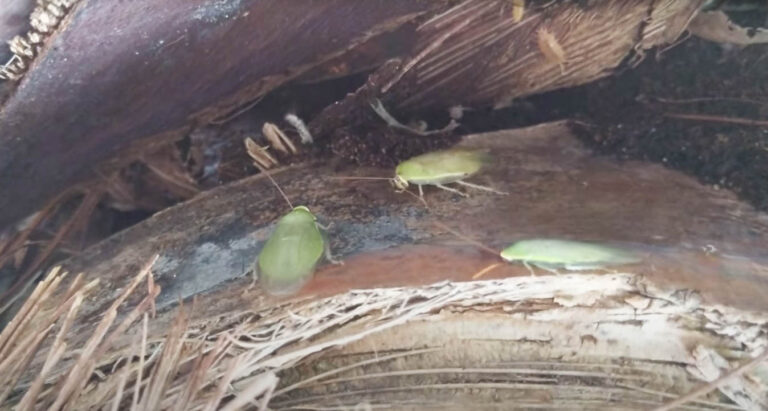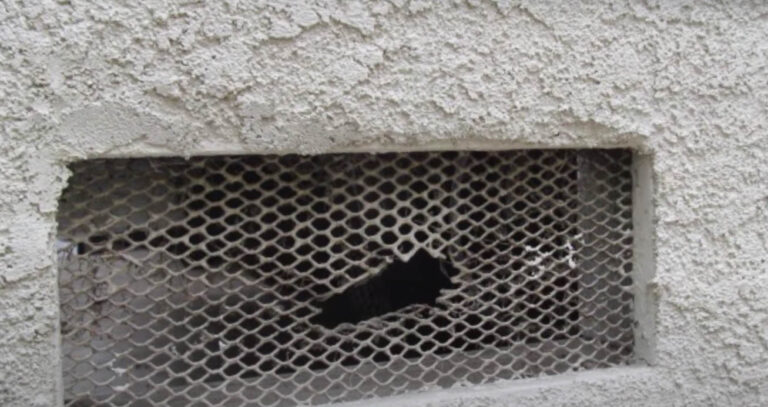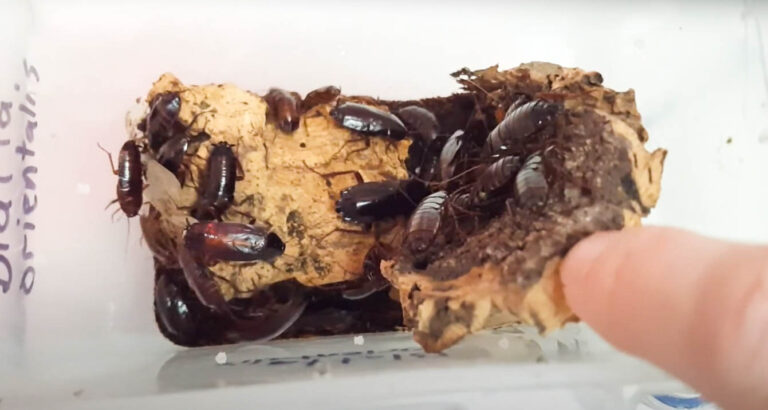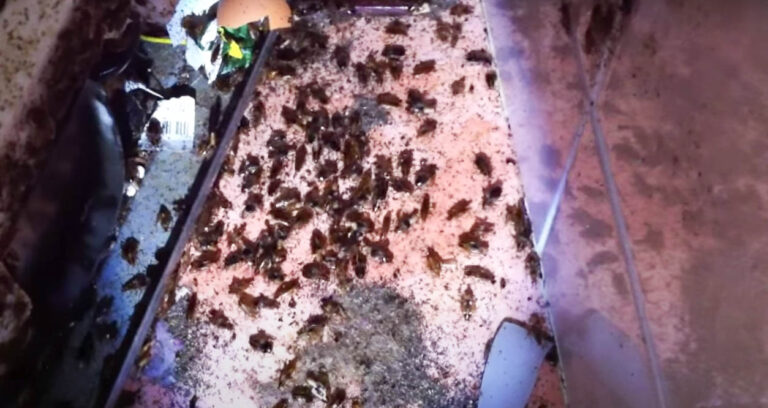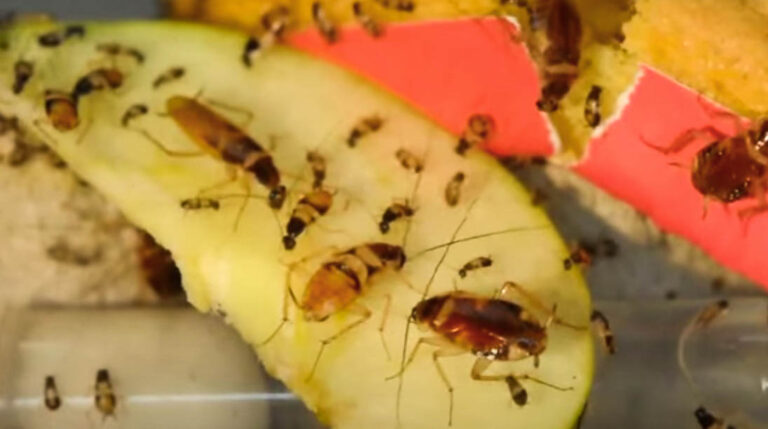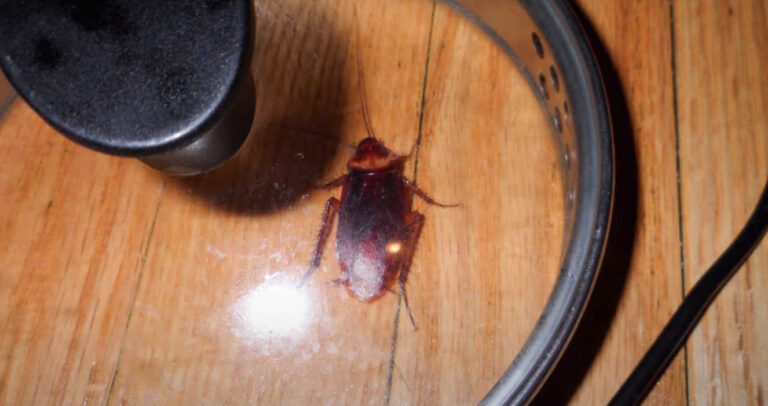About Asian Cockroaches
About Asian cockroach
The Asian cockroach (Blattella asahinai) is a small type of cockroach species first found on Japan’s Okinawa island. They are almost identical to German cockroaches due to their light-brown color and two parallel streaks on their bodies. Besides that, these pests can grow up to 13-16mm at maturity. Even though these cockroaches like living in the outdoor environment, they can get into your house through open doors and windows while flying around. Due to their high affinity for light, they do fly towards a bright light and can also crawl into your home through faulty fittings.
Appearance
Despite the striking resemblance to the German cockroach, two distinct features differentiate them. The Asian cockroach has functional wings and can fly for short distances. Contrary to that, the German cockroach has branches but can’t fly. Asian cockroaches spend most of their life outdoors, while German cockroaches are known to be indoor pests. Asian cockroaches go through three life stages. And in each cycle, they portray distinct features from the egg to the adult stage.
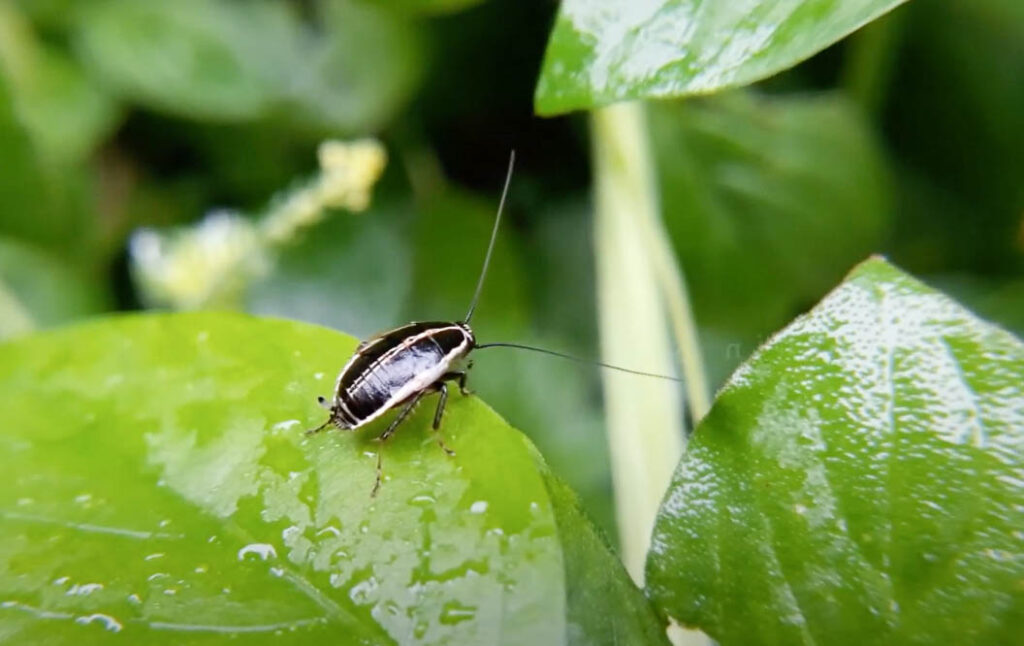
a. Egg
Asian cockroaches produce small, yellow, brownish egg-cases. Also, the ootheca does not protrude beyond an adult female’s wings. Besides that, they are highly prolific and carry an average of 40 eggs.
b. Nymph
The molting process of the nymph takes approximately 70 days to complete. The larva is dark brown and much smaller compared to German cockroach larva. They are wingless in the early stages of molting but later develop wings as they progress to adulthood.
c. Adult
Adult Asian cockroaches have long, narrow wings that extend to the abdomen. Their wings are fully developed and functional. They are sexually active at this point and are capable of reproducing. An adult Asian cockroach is approximately 14-16mm long; they are light brown and have two parallel bands on their Protonum.
Behavior
The behavior of Asian cockroaches changes with time, environmental changes, and situations. Being nocturnal insects, they are active at night and are attracted to light. As such, you may see them flying around TV lights, bulbs, or fluorescent tubes. Asian cockroaches are also strong flyers, and sometimes they use their wings to escape predators and show agitation. Not to mention, these cockroaches are generalist feeders; they feed on anything edible like plants, organic matters, food residue from humans, flowers, pet foods, pastes, etcetera. The Asian cockroach population may be affected by weather changes since they breed well in warm and moist temperatures. That said, these roaches can’t survive in cold and damp areas.
Life cycle
A female Asian cockroach can produce four egg-capsules in her lifetime. An adult female can live up to 100 days while adult males can live up to 50 days; females can have her first egg-case 13 days after the molting period. Asian cockroaches, like other cockroach species, go through three life cycles; egg, nymph, and adult. The development of young female larvae takes much longer than males. The females carry the ootheca for about 19 days and deposit it when it nears hatching. The female Asian cockroach can produce up to 80 offspring in her lifetime.

Habitat
Asian cockroaches are outdoor insects; they reside in grassy areas, leaf litter, and gardens. Sometimes they may wander to human habitations looking for food, or following the lights. When they find a place with suitable weather conditions and food supply, they dominate the area. They are predominant in Tampa, Florida, where there are more than 250,000 Asian cockroaches per acre.
Control
When it comes to controlling Asian cockroaches, things get a bit tricky as they are not indoor pests. Therefore, measures to control indoor Asian roaches may be ineffective. It is easier to treat these roaches when they are out in the fields. Effective scatter baits have been proven for that purpose. Whether you’re wary of seeing these roaches or afraid of the health risk associated with them, controlling these pests early enough can help avert the risk.

